

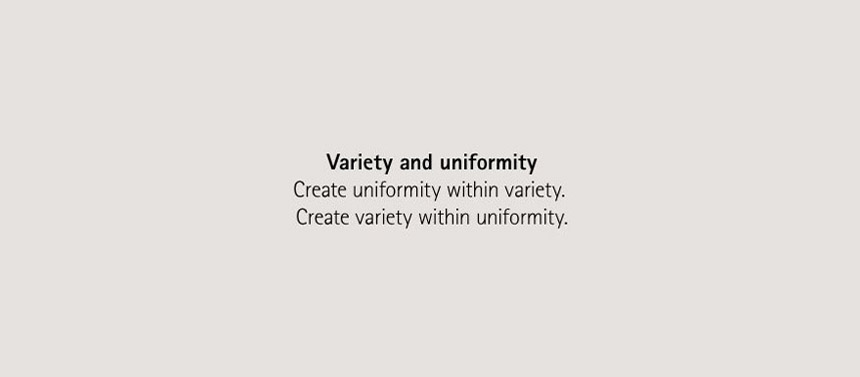
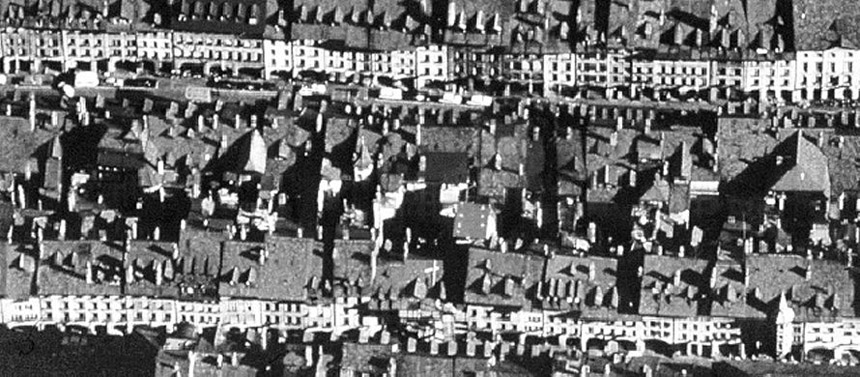
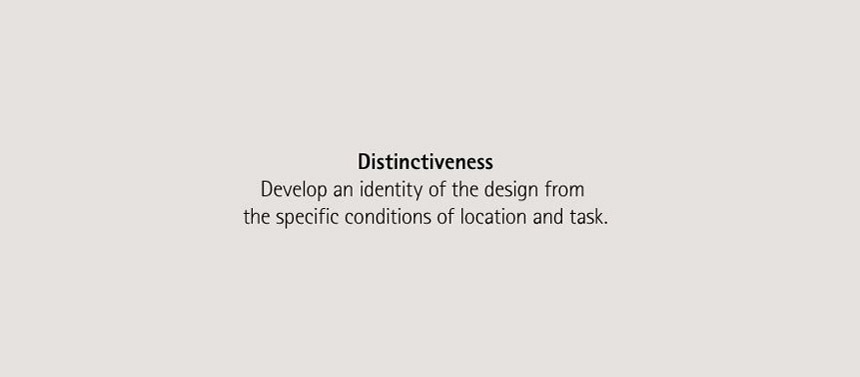
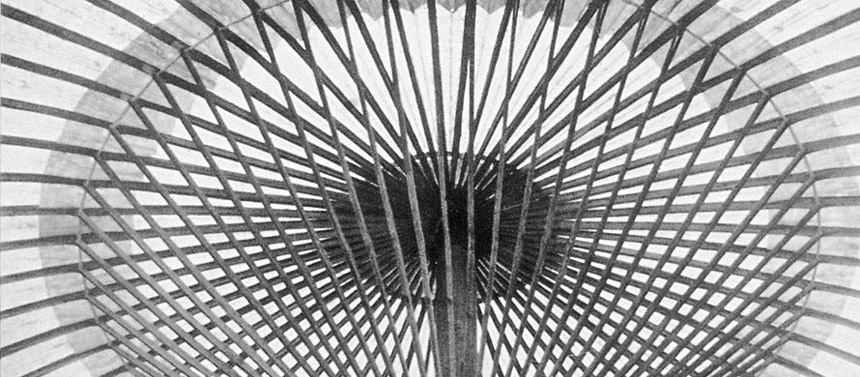
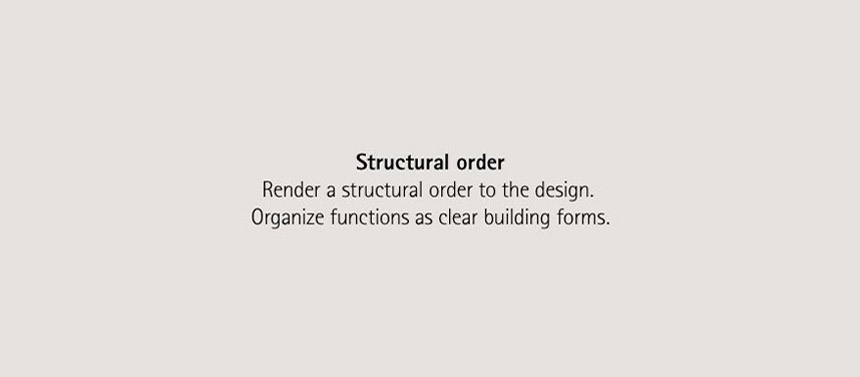

Philosophy
Guidelines Architecture and Culture
Architecture participates in and is part of cultural, social and political processes. Without knowing them, the architect would be little more than a service provider. There is no architectural culture without culture.
That is why the aac’s cultural event programme is an important part of the academy. It provides students with the op-portunity to engage in direct dialogue with protagonists from academia, culture and society and to thus develop their self-image as cultural agents. These public events simultaneously integrate an interested general audience into the institution’s activi-ties. By exploring the contexts of architecture, the aac becomes more than a purely educational institution. The most varied aspects of architecture are examined, documented and conveyed to the public by means of diverse activity platforms and lectures as well as through public discussions. Political developments (for instance, urbanization at a global level), social aspects (including sociology, history and media) as well as the interface of architecture with art and culture are vibrant topics of the architectural discourse. It is not an intellectual luxury to draw attention to this fact, but rather a necessity of constructing in a responsible manner.
For the internationally active architect, an indisputable part of this responsibility is his intercultural competence. Widening the cultural horizon also includes intercultural exchange, the dialogue between cultures. This applies not only to architectural aspects, but also to mentalities and traditions as well as social, political and religious attitudes. By working together with fellow students from all over the world, aac students are able to directly explore such questions.
The willingness to do so is just as important for an internationally orientated archi-tect as are his architectural talents.
Not only do the aac’s cultural and intercultural aspects contribute decisively to the institution’s teachings, but they also create a special learning atmosphere. aac students form the center and the driving force of an intense exchange with various nations and with various professionals, be it architects, filmmakers, writers or academics. A privileged place dedicated to architecture and culture, the aac is located in the city of Hamburg, one of Europe’s architectural and cultural centers.

Philosophy
Guidelines
The guidelines of Dialogical Design are the cornerstones of the aac’s architectural position.
The guidelines

